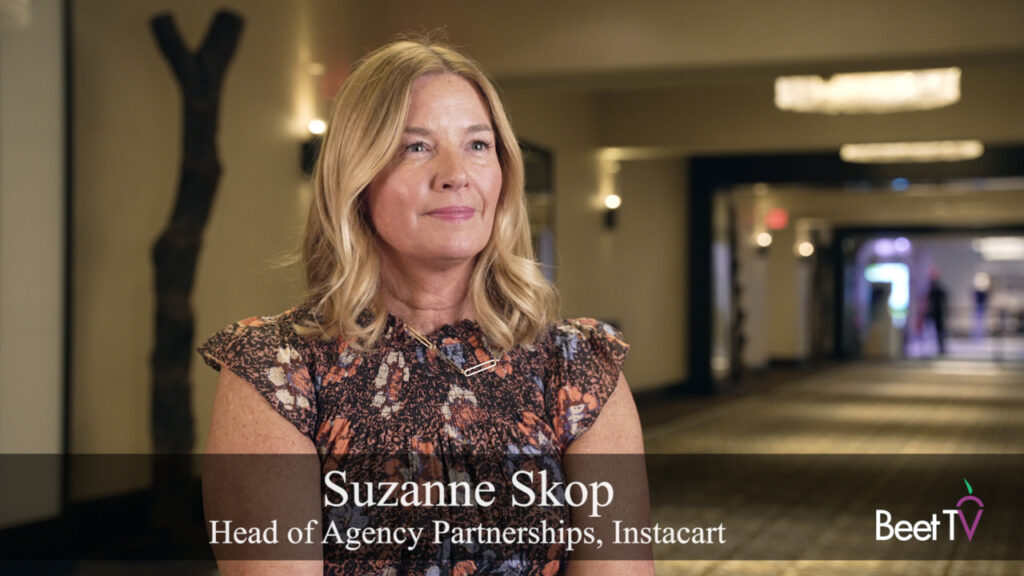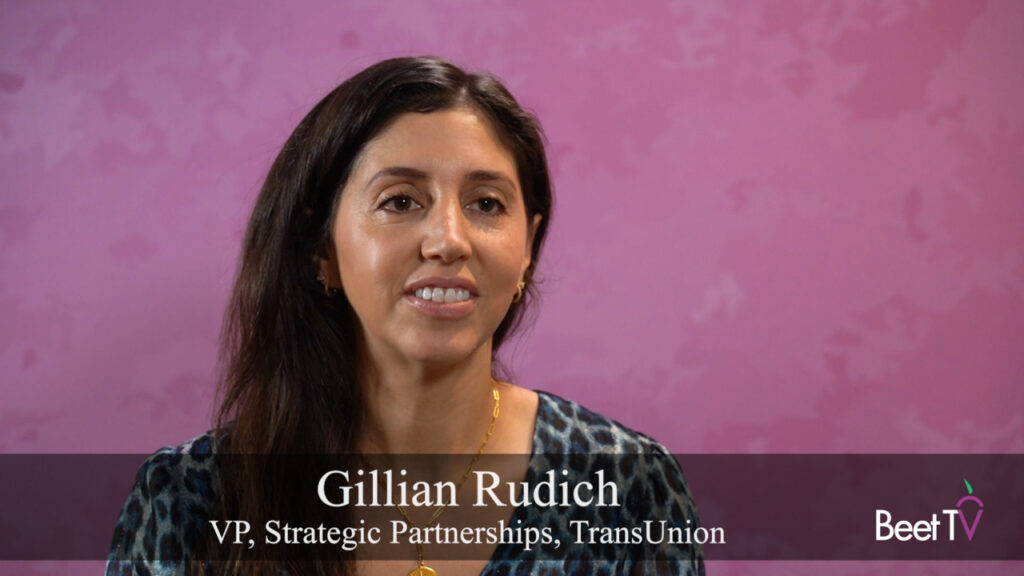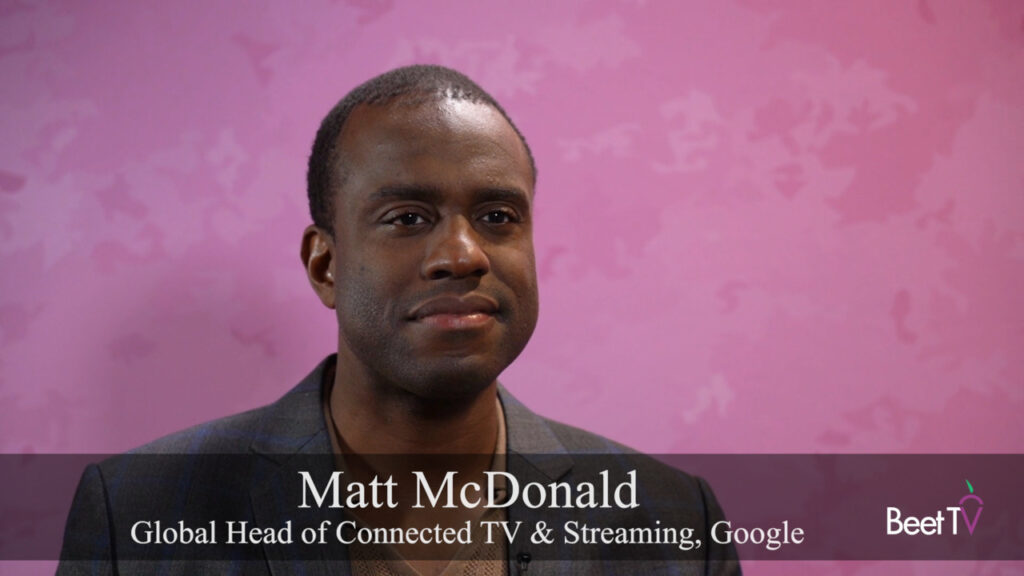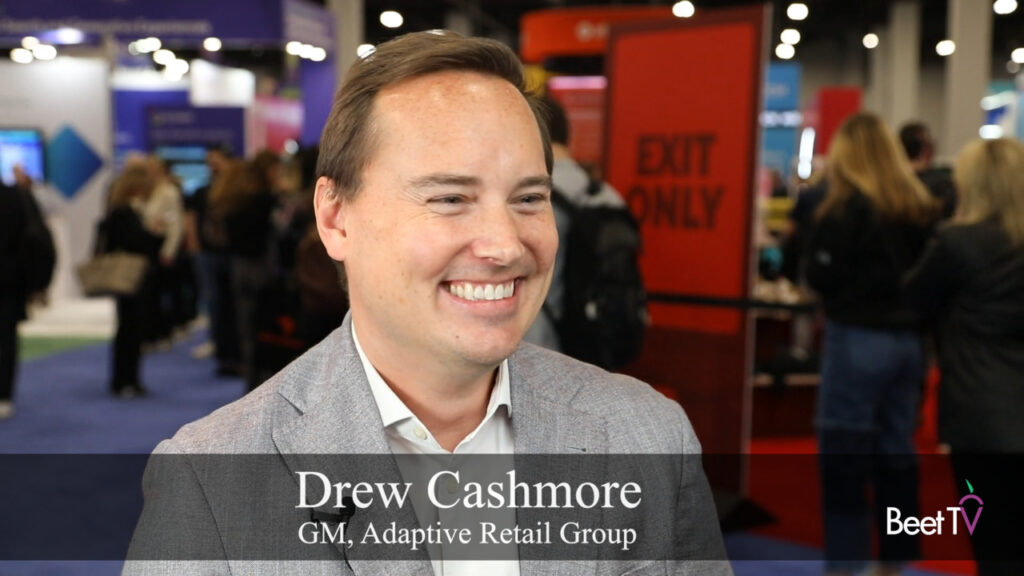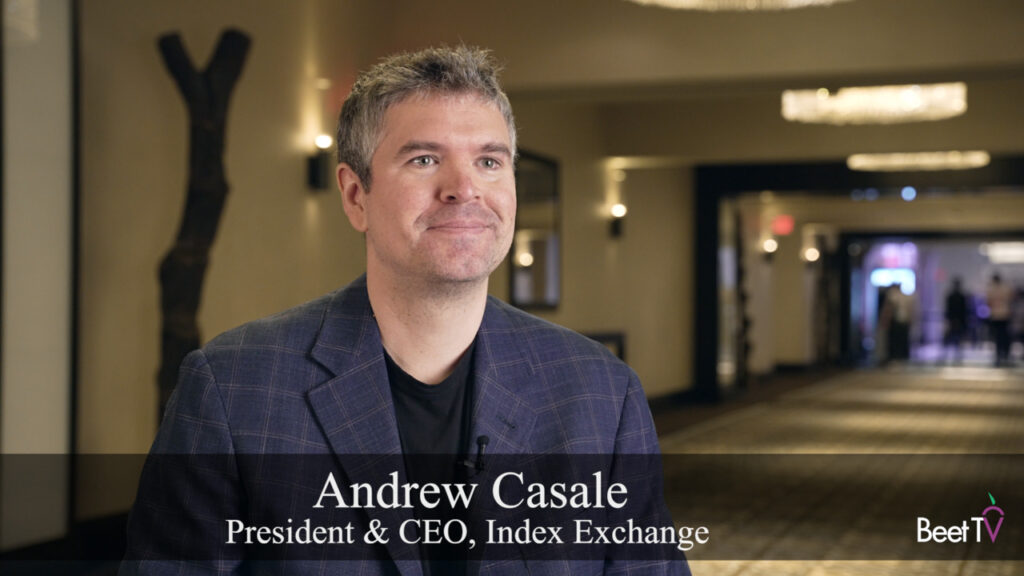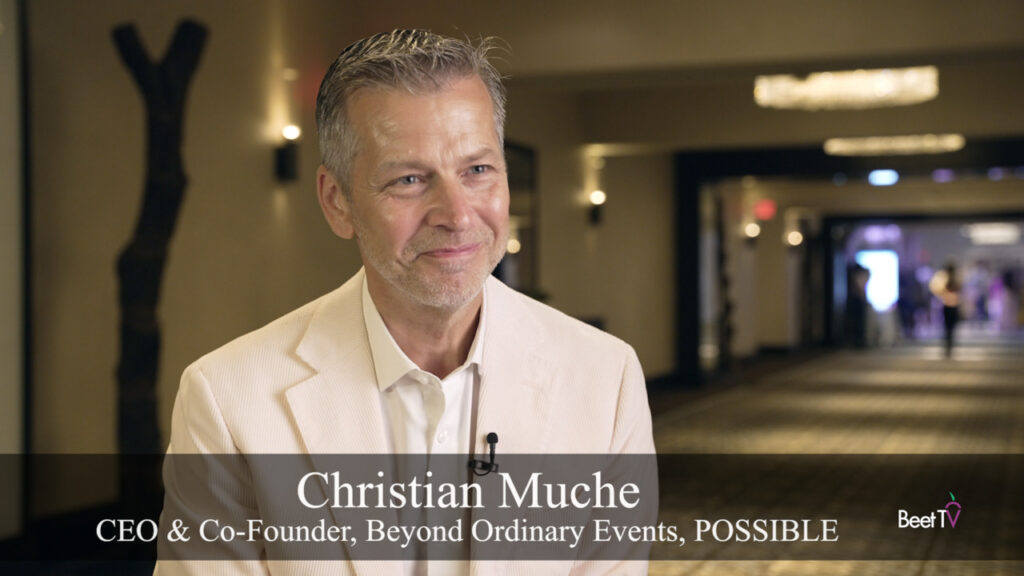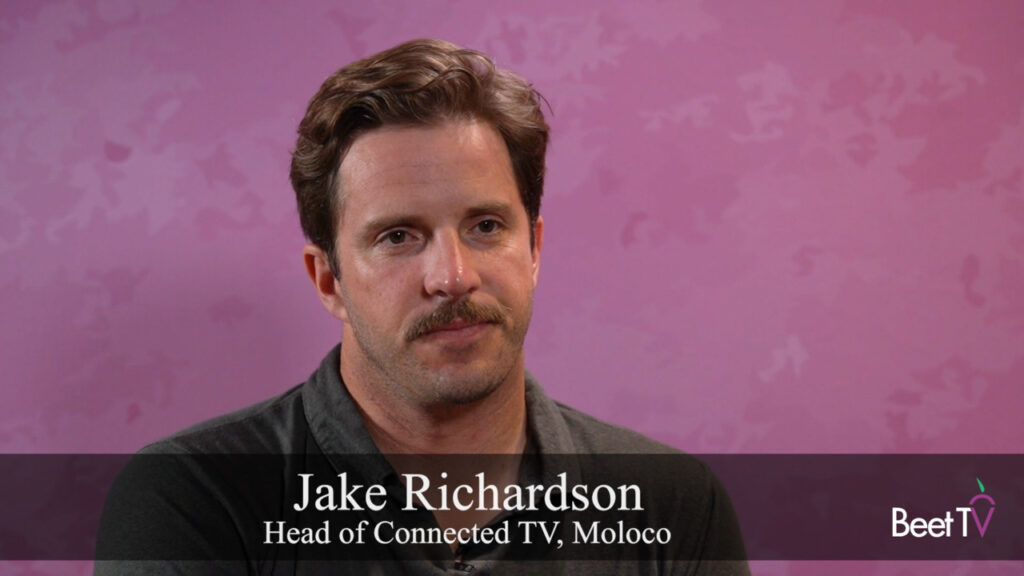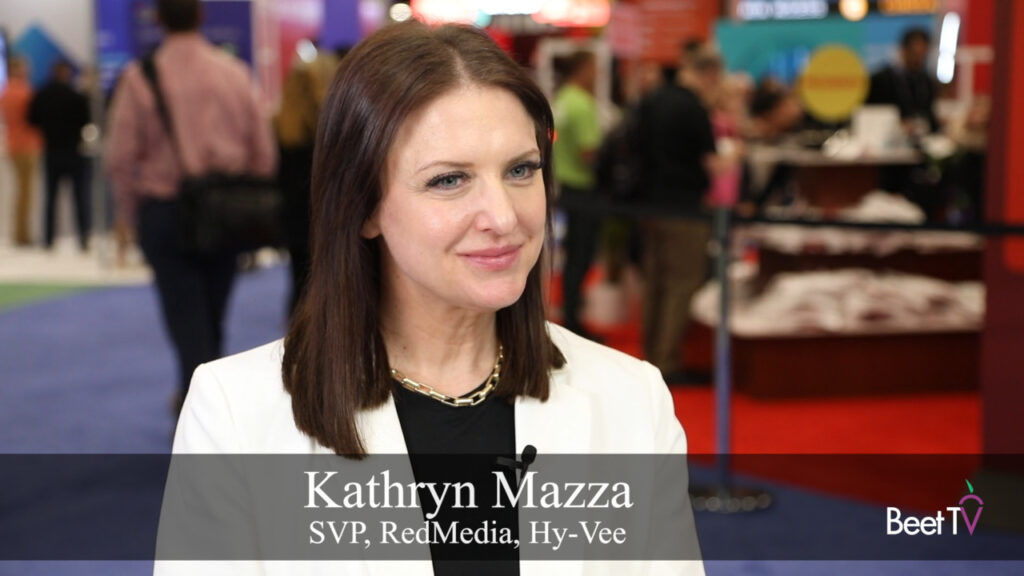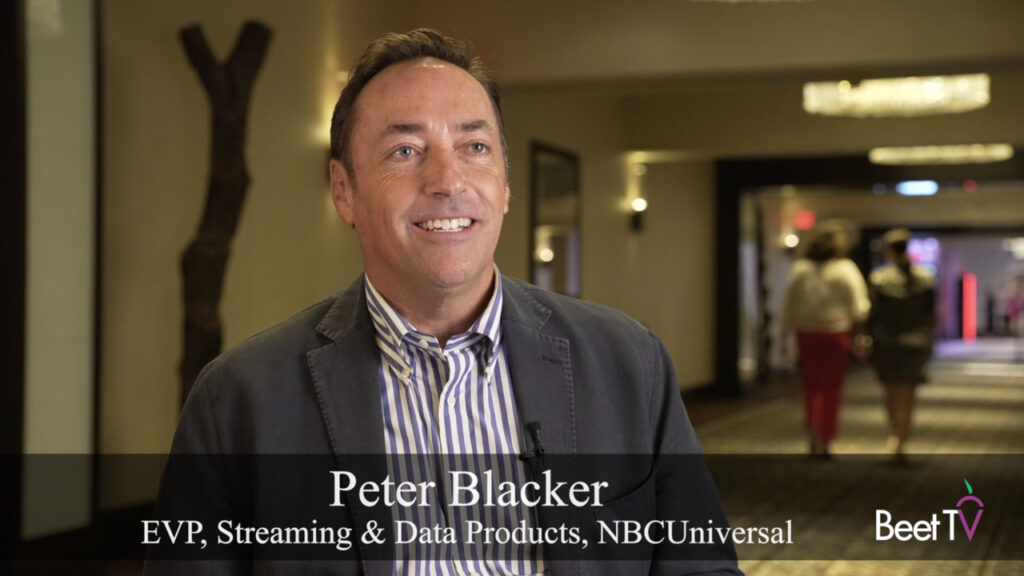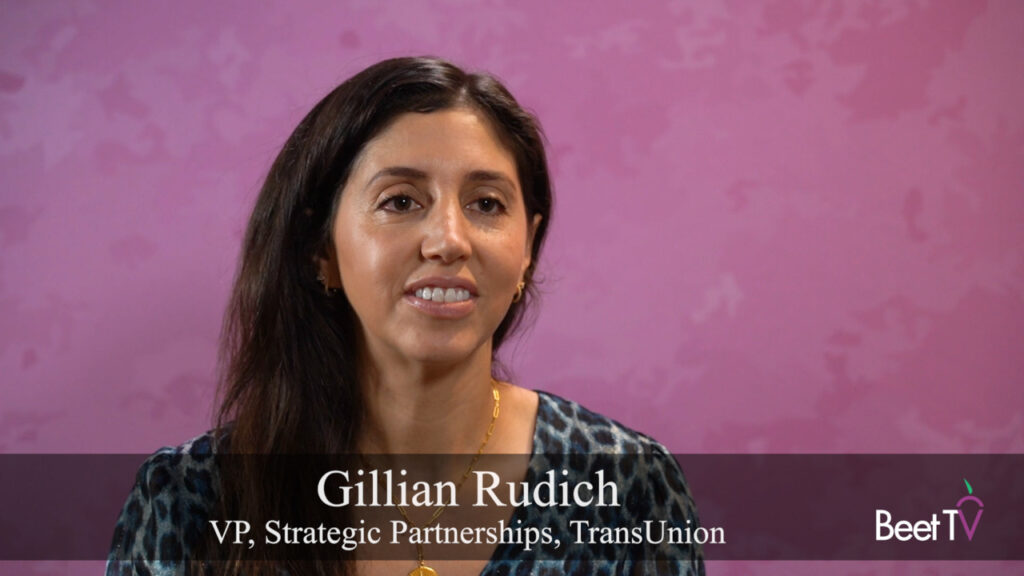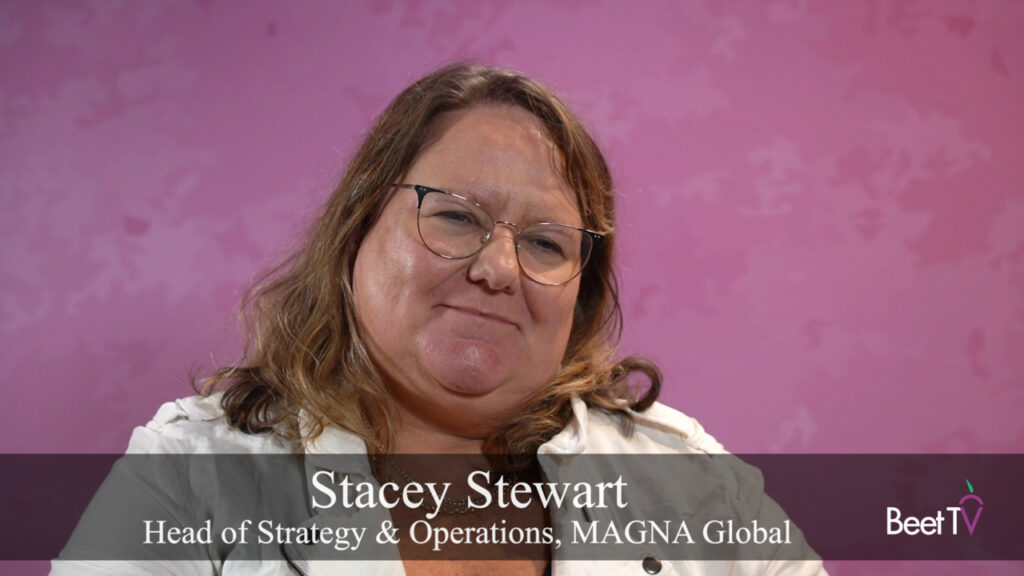Simplicity, transparency and scale aren’t natural bedfellows in a world of multi-platform television viewing and audience fragmentation. Corralling all three to benefit advertisers and pay TV providers was the strategy behind last year’s joining of BlackArrow and Cadent under the Cross MediaWorks umbrella.
Some 14 months later, BlackArrow and Cadent serve a combined 200 pay TV providers and 300 advertisers and agencies. Reducing complexity is a top concern for all involved, according to Nick Troiano, CEO of Cadent.
“Every platform, whether it’s mobile, OTT, set-top box VOD or even live linear, has its own silo, its own data construct and workflow,” Troiano says in an interview with Beet.TV. “The challenge for advertisers and agencies is how to actually build a comprehensive and consistent campaign across all platforms.”
BlackArrow’s roots are in helping pay TV operators deliver more timely and efficient sales and marketing messages, extend TV services to new platforms, and gain real-time measurement and audience insights across multiple screens. Cadent had focused mainly on traditional TV.
Working together, they enable advertisers to purchase “data-driven inventory across live linear and multi-platform solutions and do it in a framework to provide national efficiency,” Troiano says.
While transparency and verification have long been hot buttons in the digital ad universe, “It’s the same issues we have in TV in terms of where’s my ad running, across what network and who am I reaching within that household,” says Troiano, citing multiple data and reporting infrastructures.
He notes that with regard scale, neither advertisers nor agencies have the bandwidth or capability to work with every single vendor across every single platform. “So when we think of scale and capabilities, those are must-haves to really move the television industry forward,” Troiano says.
With addressable TV currently reaching some 40 million households, “I think that’s the future of television,” adds Troiano. “It’s bringing digital technologies to a television environment.”








